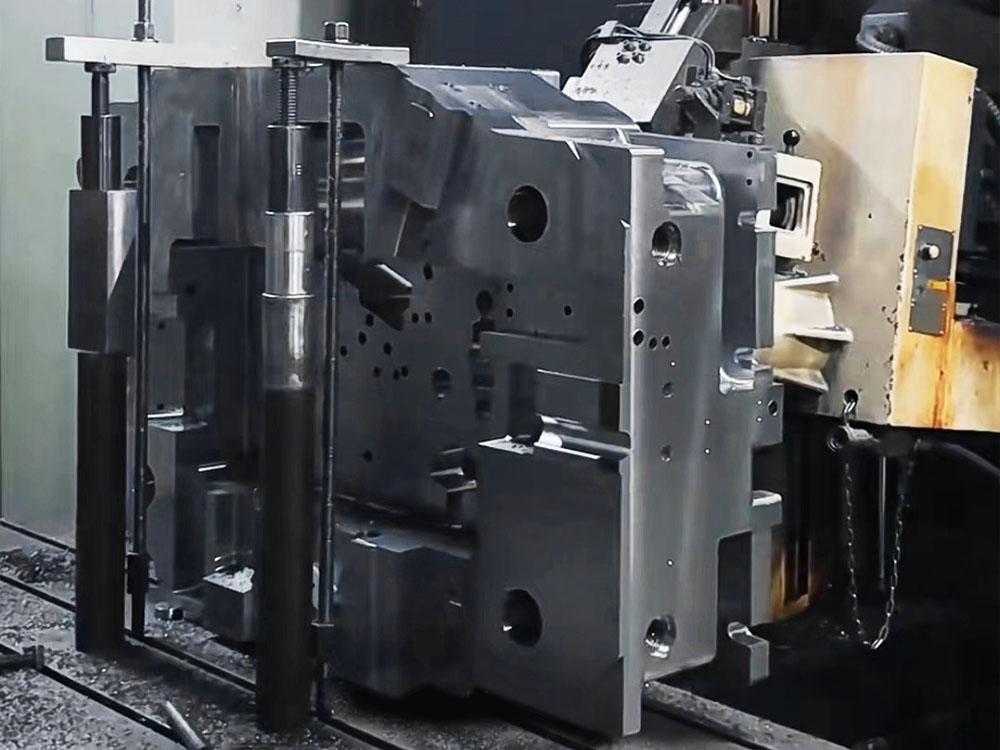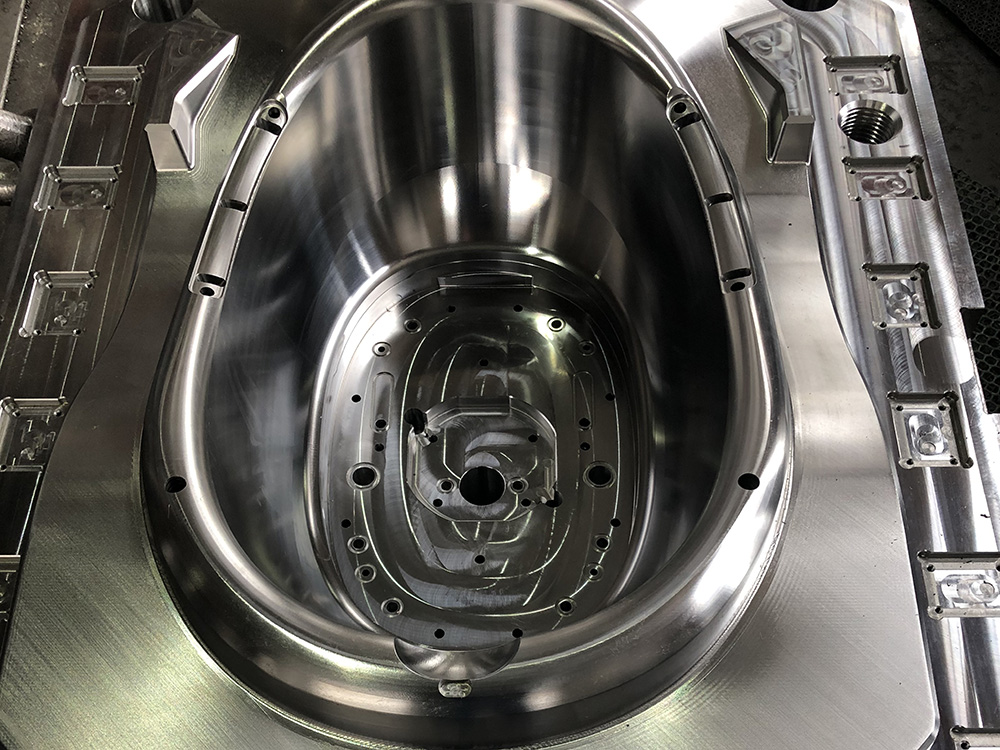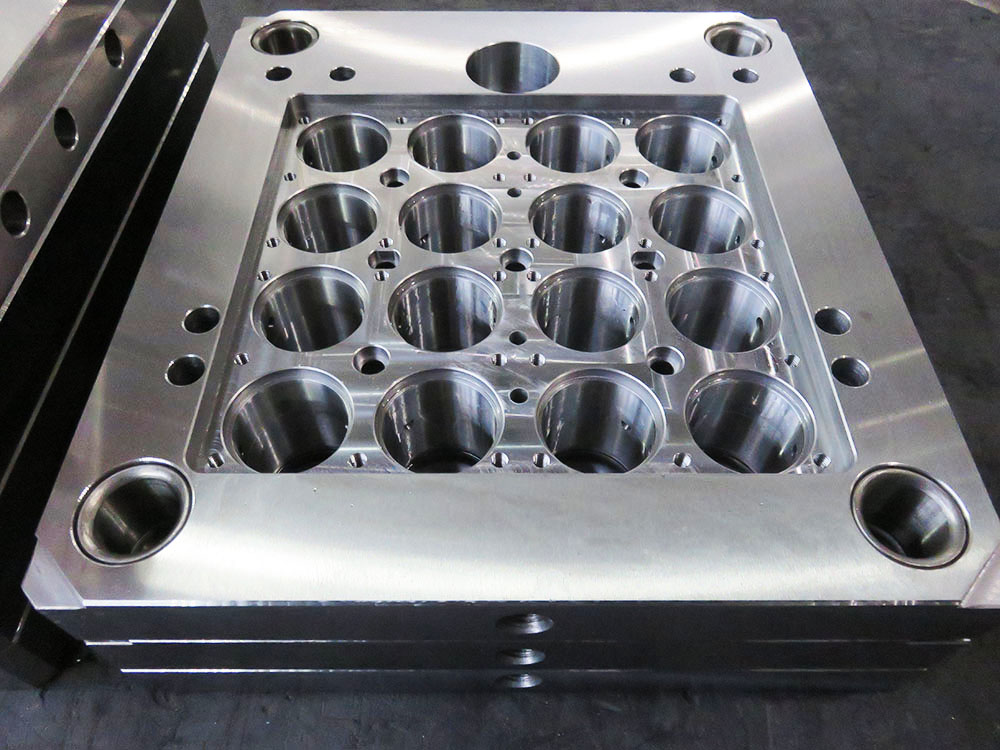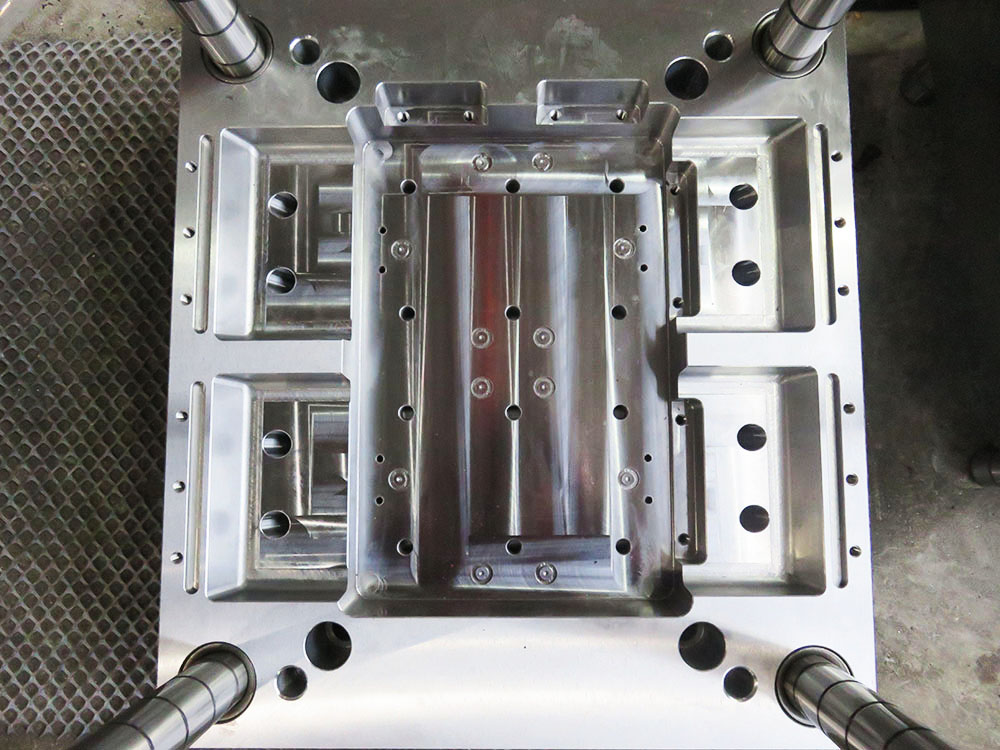The Structure of a Mold Base: Viewing and Analyzing After Exporting in Unity
Unity is a powerful game development engine that allows for the creation of highly immersive and interactive virtual environments. In the mold base industry, Unity can be used to design, visualize, and analyze the structure of mold bases. Exporting the model structure from Unity allows for a closer examination of the components and their relationships. In this article, we will discuss how to view the model structure after exporting in Unity.
Step 1: Exporting the Model Structure
Before we can view the model structure in Unity, we need to export the design from the mold base software. Depending on the software you are using, the steps to export the model structure may vary. Generally, you should look for an option to export to a Unity-compatible format such as .fbx or .obj. Once you have exported the model structure, proceed to the next step.
Step 2: Importing the Model into Unity
Launch Unity and create a new project or open an existing one. To import the model structure, go to the Assets menu and select Import New Asset. Locate the exported file and click on Import. Unity will then import the model and all its components.
Step 3: Understanding the Hierarchy
Once the model is imported, you can view the structure in the Hierarchy window. The Hierarchy window displays all the objects in the scene and their hierarchical relationships. In the case of a mold base, the components, such as cavities, cores, slides, and ejector pins, will appear as separate objects in the Hierarchy window. The relationship between these components can be visualized by their placement within the hierarchy.
Step 4: Examining the Components
To gain a better understanding of the model structure, select an object from the Hierarchy window. Its properties and relationships will be displayed in the Inspector window. The Inspector window provides detailed information about the selected object, such as its position, rotation, and scale. Additionally, you can explore the object's parent and child objects to analyze their relationships within the mold base.
Step 5: Analyzing the Model Structure
Unity offers several tools and features to analyze the model structure. One such tool is the Scene view, which provides a 3D perspective of the model. You can navigate the model, zoom in and out, and rotate it to gain different perspectives. This allows for a closer examination of the components and their spatial relationships.
Another useful feature is the Collider component. In the mold base industry, colliders are often used to simulate collisions and interactions. By attaching colliders to the mold base components, it is possible to perform collision detection and analysis within Unity. This can help identify potential issues such as interference or improper fits between components.
Conclusion
Viewing and analyzing the model structure after exporting in Unity is a valuable tool in the mold base industry. By exporting the design from the mold base software and importing it into Unity, one can gain a better understanding of the structure and its components. Unity provides various tools, such as the Hierarchy window, Inspector window, Scene view, and Collider component, to facilitate the examination and analysis of the model structure. By leveraging these tools, designers and engineers can identify and address potential issues before production, leading to more efficient and accurate mold base designs.




